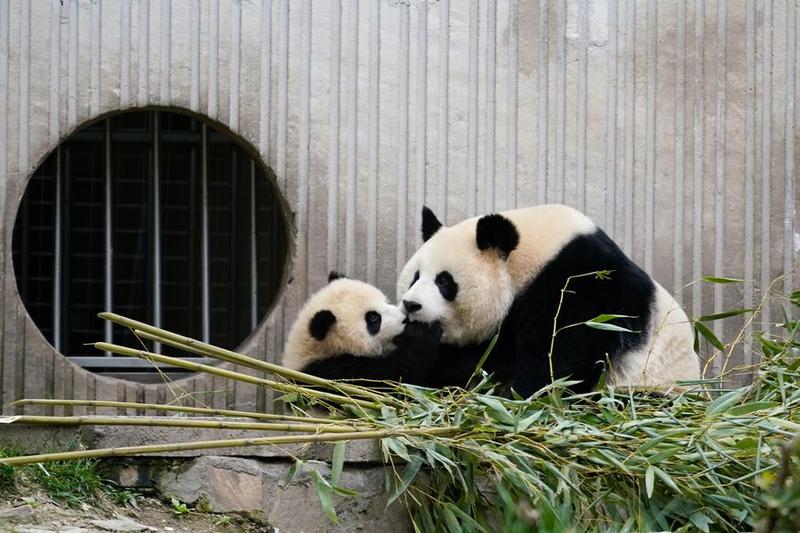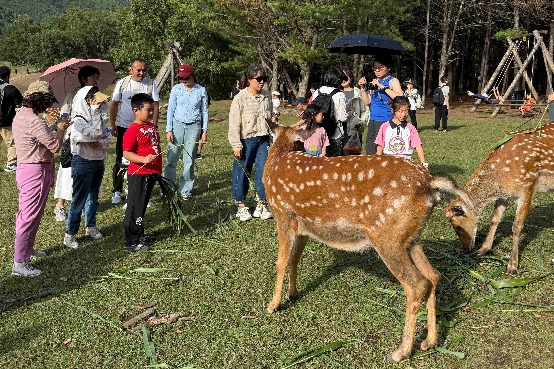Envoys hail China's panda conservation, seek wider ties


Foreign diplomats have spoken highly of China's achievements in preserving the giant panda and expressed hopes for expanding cooperation with China in the research and protection of endangered species.
They made the remarks during a field visit to part of the Giant Panda National Park in Ya'an, Sichuan province, ahead of the Third National Park Forum in Chengdu, the provincial capital, which opened on Tuesday.
The tour was attended by diplomats from seven countries—including New Zealand, Belgium, and Malaysia—alongside representatives from the World Wide Fund for Nature (WWF). The delegation visited several key conservation facilities, including the Ya'an Bifengxia Panda Base of the China Conservation and Research Center for the Giant Panda, the Panda International Forest Camp, and the Daxiangling Giant Panda Reintroduction Research Base.
Karolus Henricus Martinus Van Bommel, agricultural counsellor at the Embassy of the Netherlands in China, described the Bifengxia base, which houses over 70 pandas, as "impressive" and "green."
"The pandas have a lot of space. I think it is a good and healthy location for the breeding program," he said.
He further emphasized the importance of international cooperation in giant panda conservation.
"Having pandas abroad creates awareness of the endangered situation those pandas are in. And also, you can create joint knowledge about breeding and research," he said, adding that the Netherlands is eager to continue collaborating with China—and possibly expand cooperation to other endangered species in the future.
Siti Zurianah Binti Ismail, first secretary at the Embassy of Malaysia in China, noted that the Bifengxia base resembles a natural habitat rather than a traditional zoo.
"The center is more natural… They are in what we call a natural habitat," she said.
She was especially impressed by the sight of two panda families, each with twin cubs—a rare achievement, given the challenges of breeding giant pandas. She highlighted the facility's crucial role in ensuring the survival and sustainability of the species.
Recalling Malaysia-China cooperation on panda conservation, she emphasized the value of such exchanges.
"Countries can share expertise on raising techniques, habitat restoration, and disease control. For example, Malaysia has benefited from China's extensive research on panda breeding and husbandry," she said.
Although two pandas recently returned to China in May after an 11-year stay in Malaysia, she confirmed that the two countries have agreed to send another pair later this year. The previous pair, she noted, had become one of the main attractions at Malaysia's national zoo, and the public is eagerly awaiting the arrival of the new pandas. According to the National Forestry and Grassland Administration, China is currently conducting collaborative research on giant panda conservation with 16 institutions from 15 countries, including the United States, Austria, Spain, Australia and France. At present, 40 giant pandas are living abroad as part of these international programs.
- Envoys hail China's panda conservation, seek wider ties
- China's national park system hailed
- Guangzhou man detained for allegedly impersonating serviceman and State Council counselor
- China eases rules on private pension withdrawals
- Rainbow covers Beijing sky after rain
- Three-day art festival of disabled people opens in Wuhan





































